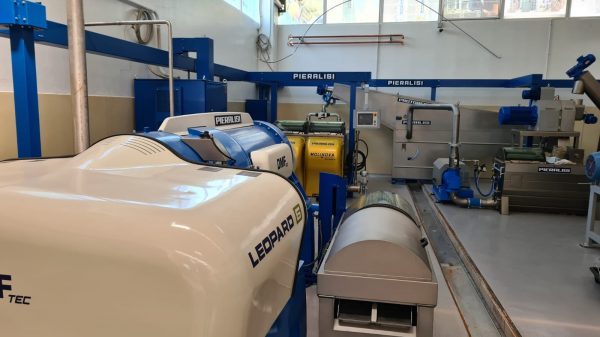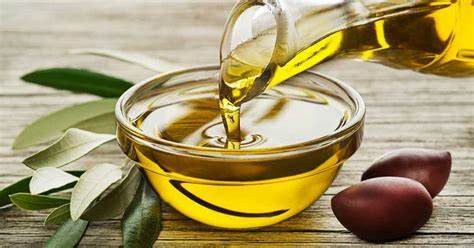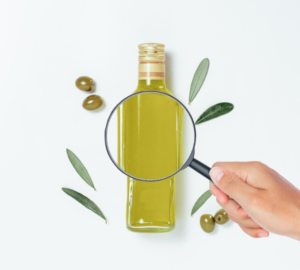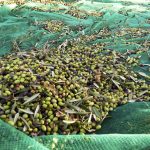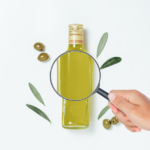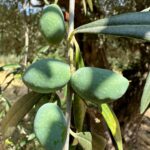It is a bleak picture that emerges fromIsmea investigation on relationship between consumption and consumers of olive oil, presented today at Ministry of Agriculture by the director general of the Institute, Maria Chiara Zaganelli, at the opening of the conference on “Extra virgin olive oil: the GI factor” promoted by the Italian Association of Geographical Indications Consortia.
In fact, the investigation shows that over 90% declare that they consume Italian products, when in reality our country produces on average 300 thousand tons (of which a large part is exported) and instead consumes 450 thousand. It is clear, therefore, that there is no awareness that some of the brands of oils purchased are Italian, but the product is of European or non-EU origin.
Some, among other things, don't even know the difference between olive oil and extra virgin olive oil.
“Bitter” and “spicy” continue for a good number of consumers not to be recognized as factors of quality of extra virgin olive oil, with the risk, it has been highlighted, of the flattening of the taste, especially among the younger ones.
In front of the shelf of the supermarket, furthermore, highlights the investigation, the consumer is confused and indecisiveor, looking for information that can guide him towards a pleasant shopping experience, also the fault of labels that do not capture the need for the question. Hence the suggestion that clearer information on origin, taste, nutritional characteristics and guarantee system could be placed on the label.
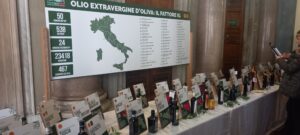
Then there is the poor perception of the real value of the product, completely altered by continuous and sustained promotional pressureand large-scale distribution which, fortunately, with the general increase in prices due to the Spanish production crisis, has temporarily and, hopefully forever, stopped.
Yet, it is there an interesting aspect which the survey highlights and gives confidence for the future. There is in fact, it is highlighted, a potential willingness to deepen knowledge of the world of extra virgin olive oil by consumers, above all in the 25-34 age group which was found to be most sensitive.
In short, there is a lot to work on on the front communication and valorisation of the product for its nutritional, but also health-related aspects. Concepts reiterated several times by the many interventions made during the conference concluded by the intervention of the minister Francesco Lollobrigida - which we will give an account of later - to create awareness among families on the importance of olive oil and stem a decline in consumption that in the first 9 months of 2023, due to a sustained increase in prices, was equal to 11%.
Browse for free l'Olivo News click , here





